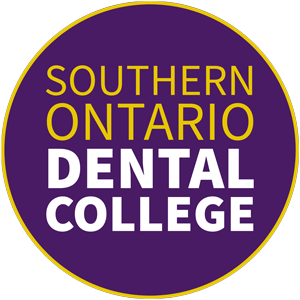The dental hygienist job outlook is increasing. By 2028, this role is expected to grow by 11%.
Today is a great time to become a dental hygienist because of the rise in dentistry technology.
Technology helps improve patient’s oral care, enhances their understanding of dentistry and oral health, and makes the dental hygienist role much easier.
Dental technology is expanding in every area of the dentistry role, from computer technology all the way to advanced tools. But which dental technologies should aspiring dental hygienists keep their eye on?
Here are the new dental technologies that make the dental hygienist’s job easier.
Endoscopes
Endoscopes are small cameras that are used to look inside the human body and better diagnose different disorders. Now, endoscopes are making their way into dentistry.
Hygienists will mainly use endoscopes on patients with periodontitis. The endoscope is a handheld camera with a large screen. The camera can look into pockets and see if there are any issues.
Not all pockets are severe or a patient may only have one pocket, making surgery oftentimes unnecessary. The endoscope will give hygienists a clear view inside the pocket and hygienists can better diagnose different issues.
Automated Probes
Automated probes have existed for years. However, now they’re becoming a normal part of routine dental hygiene practice. New probes mix automated technology with manual efforts.
Black bands help measure visual scoring and the probe can measure sulfur compounds in the sulcus. Hygienists can easily know if there’s any disease activity.
Automated probes are also beneficial for the patient. They’re smaller and more comfortable for the patient than manual probes.
Smaller X-Ray Sensors
One of the goals of emerging dental technology is improving the process for patients. Smaller X-ray sensors fit easily in the patient’s mouth and they experience less discomfort when getting X-rays.
The size is not only beneficial for both hygienists and patients. Modern X-rays provide better images, thanks to improved image resolution. Many modern X-rays also give hygienists the ability to zoom in and apply filters for improved diagnostics.
Topical and Needle-Free Local Anesthesia
No dental patient enjoys feeling a needle in their mouth. Some patients, especially children, have an intense fear of needles. This not only induces discomfort in patients but hygienists have to calm patients down.
This is why needle-free anaesthesia has become a revolution. The hygienist just has to apply the anaesthesia and immediately start the procedure once it goes into effect.
If the topical anaesthesia isn’t effective, the hygienist can apply the topical product first before administering the needle.
Other common forms of needle-free anaesthesia include electronic dental anaesthesia, jet injectors, iontophoresis, and comfort control syringe.
Learn These New Dental Technologies at Our Dental School
Do you want to become a dental hygienist? Now is the best time to study dental hygiene! There are so many new dental technologies, making this position more innovative and interesting.
Are you ready to start your career? First, you need a proper education. Apply to our dental school today!
